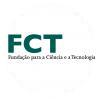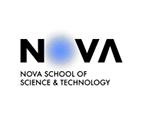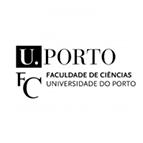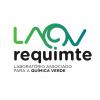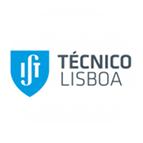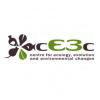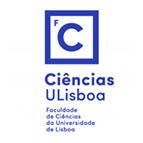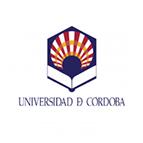Task 3. Medieval inks from Iberian technical sources
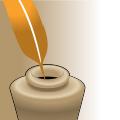
|
Towards a model system for medieval inks based on historical accurate reproductions from Iberian technical sources, their molecular characterization and stability assessment |
||
| Following a methodology already developed, we will prepare medieval inks by reconstructing the recipes using ingredients and methods appropriate to their period. It will possible to study the effect of the different procedures described, and of the different ingredients, such as the source of polyphenols, chelating ions, additives such as carbon, extenders or buffers,and the role of pH. The reconstructions will be analysed by colorimetry, Fourier Transform Infrared spectroscopy (FTIR), Scanning Electron Microscopy equipped with EnergyDispersive Spectroscopy (SEM-EDS), UV-Visible-NIR Fibre Optic Reflectance Spectroscopy (FORS) and microspectrofluorimetry. These reproductions will be used as reference standards for analysis in Task 4 and Task5. In addition, selected references proposed in literature will also be included in our studies. Based on the results obtained we will select 1 to 3 ink formulations that will be applied in paper and parchment and naturally and artificially aged. Artificial protocols will be developed. | |||
| MAIN HIGHLIGHTS | |||
| Article New insights into iron-gall inks through the use of historically accurate reconstructions | |||
|
|
|
|
|
|
Maria Conceição Rangel |
André da Silva |
Luís Silva |
|
|
Natércia Teixeira |
Sílvia Sequeira |
Maria Conceição Casanova |
|
|
Sara Fragoso |
Victor de Freitas |
Ricardo Córdoba |
|














